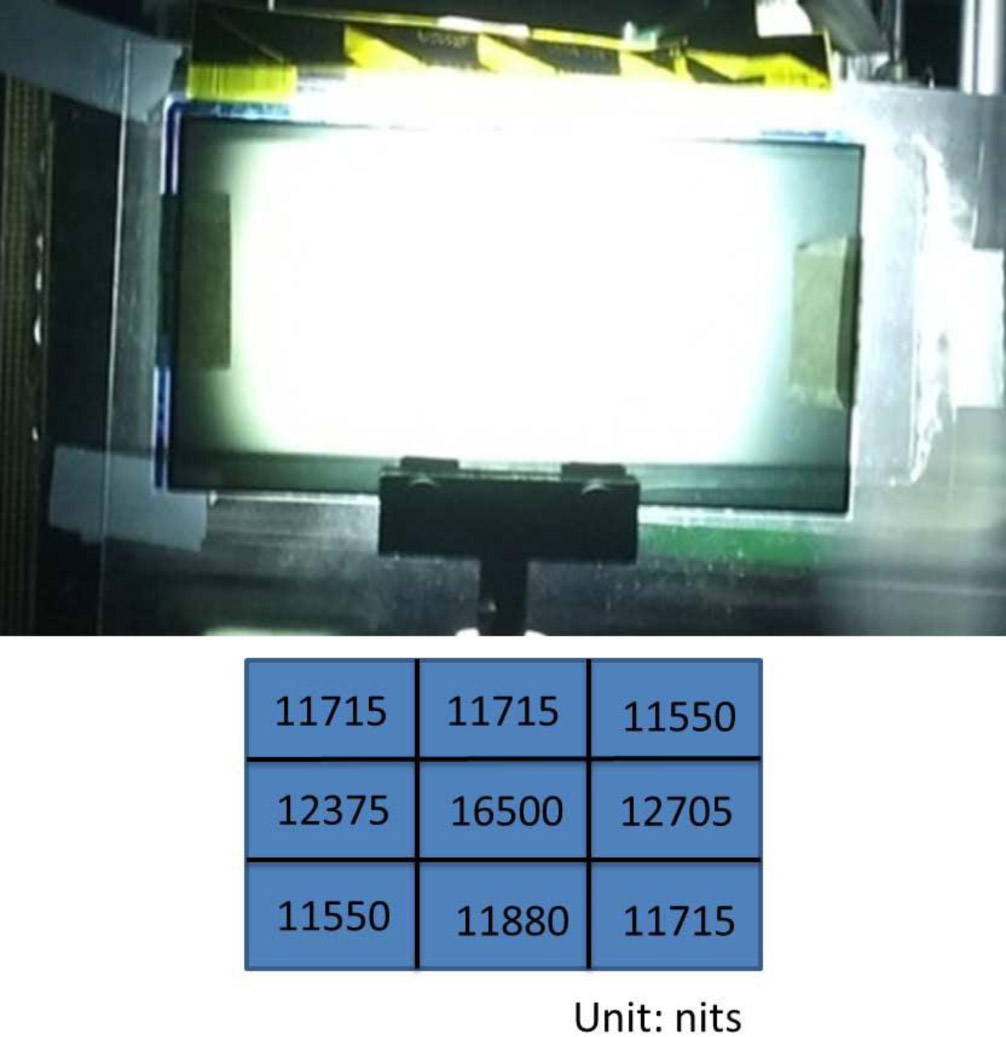High-directionality backlight for head-up displays
A head-up display (HUD) shows signals, data, or messages in front of the windshield of a vehicle and allows the driver to keep their line of sight while looking at the display unit. HUD has been successfully adopted commercially1,2 and has the most potential for use as the human visual interface for vehicles.3 In addition to concerns related to reliability, particularly with HUDs with a large display size, there are two major issues with current HUD design. One is high power consumption. The other is the volume of the display unit.
The required brightness of the HUD is much higher than that for indoor display applications because the background can be very bright, as in the case of an HUD facing a sunset. In such extreme cases, the brightness from the HUD may have to be up to 10,000 nits (units of luminance). This implies that a high-power-consumption illumination source and a bulky heat management system are required. Both aspects would suggest high cost of operation and maintenance. In addition, most schemes for HUD include some kind of image magnification that requires extra space for the image formation light path and therefore a large total volume of the HUD unit. For commercial vehicles that have not been designed for installing an HUD, significant modification of the dashboard interior layout would be required.
We have proposed an HUD architecture to resolve these energy efficiency and display volume issues. Figure 1 shows the system architecture and unfolded light path.4, 5 Between the LED arrays and liquid crystal display (LCD) panel, there are illumination optics to direct the light path for uniform distribution onto the LCD panel while a majority of the illumination is directed toward the eyebox of the driver. The illumination efficiency is greatly increased, and the number of LEDs is reduced because the illumination light energy is concentrated in the area where it is essential. In addition, there is no free space required for image magnification, so the whole unit can be kept compact.

A 7-inch display size is used as the target for the HUD design. The specified eyebox is 140×160mm. Therefore, a 7-inch thin-film transistor LCD panel is used as the direct image source. Based on the required luminance of 10,000 nits,6 13 white-light LEDs are used, each providing 200 lumens. The layout of the LEDs considers both the required uniformity on the LCD panel and the varied directionality of the light path over its different areas, all directed to the eyebox of the driver. Figure 2 shows a bird's eye-view and the cross-sectional view of the illumination optics. In total there are 13 lens elements. Each corresponds to one LED, and all have a different profile on the top surface.
Figure 3 shows the prototype and associated components. The LCD panel has a resolution of 800×480 pixels. The overall size of the HUD unit is 160mm (width)×90mm (height)×80mm (depth). The prototype demonstrates 70% of the energy concentration within the specified eyebox. In addition, the spatial uniformity on the LCD plane is up to 75%, which was verified by replacing the LCD panel with a diffuser. However, with the LCD panel on, the lens structure pattern of the illumination optics is clearly visible. Furthermore, the corner of the LCD panel appears to lack illumination if viewed from the center of the eyebox. This indicates that the light illuminating the corner of the LCD panel is not directed to the center of the eyebox. A pair of cross-lenticular arrays is used to resolve these issues.
Figure 4 shows the full white picture from the HUD unit with a pair of cross-lenticular arrays attached to the back of the LCD panel. The lens structure of the illumination optics is no longer visible, and the corner of the LCD panel becomes visible from the center of the eyebox. The numbers in the figure indicate the luminance of the nine-point American National Standards Institute measurement procedure. The luminance uniformity is 70%. Figure 5 shows the light pattern on the plane of the driver's eye, where the frame indicates the area of the specified eyebox. The light utilization efficiency of the HUD unit is 65%. It was evaluated using an integrating sphere to compare the total energy concentrated within the eyebox area and the total energy emerging from the illumination optics without the LCD panel. Introducing lenticular arrays reduces the light utilization efficiency due to the divergence of light resulting from the curvature of the lenslet. This parameter can be incorporated into the total light path design for improvement.

In conclusion, we have demonstrated an HUD unit featuring a 7-inch display size and a total volume of 1.2 liters. A light utilization efficiency of 65% has been achieved due to the illumination optics, which direct most of the energy toward the eyebox of the driver, reducing the number of LEDs used to achieve the high luminance requirement in vehicle applications. The total volume of the unit can be further reduced with improved illumination optics by using a greater number of lower-power LEDs.
National Tsing Hua University



